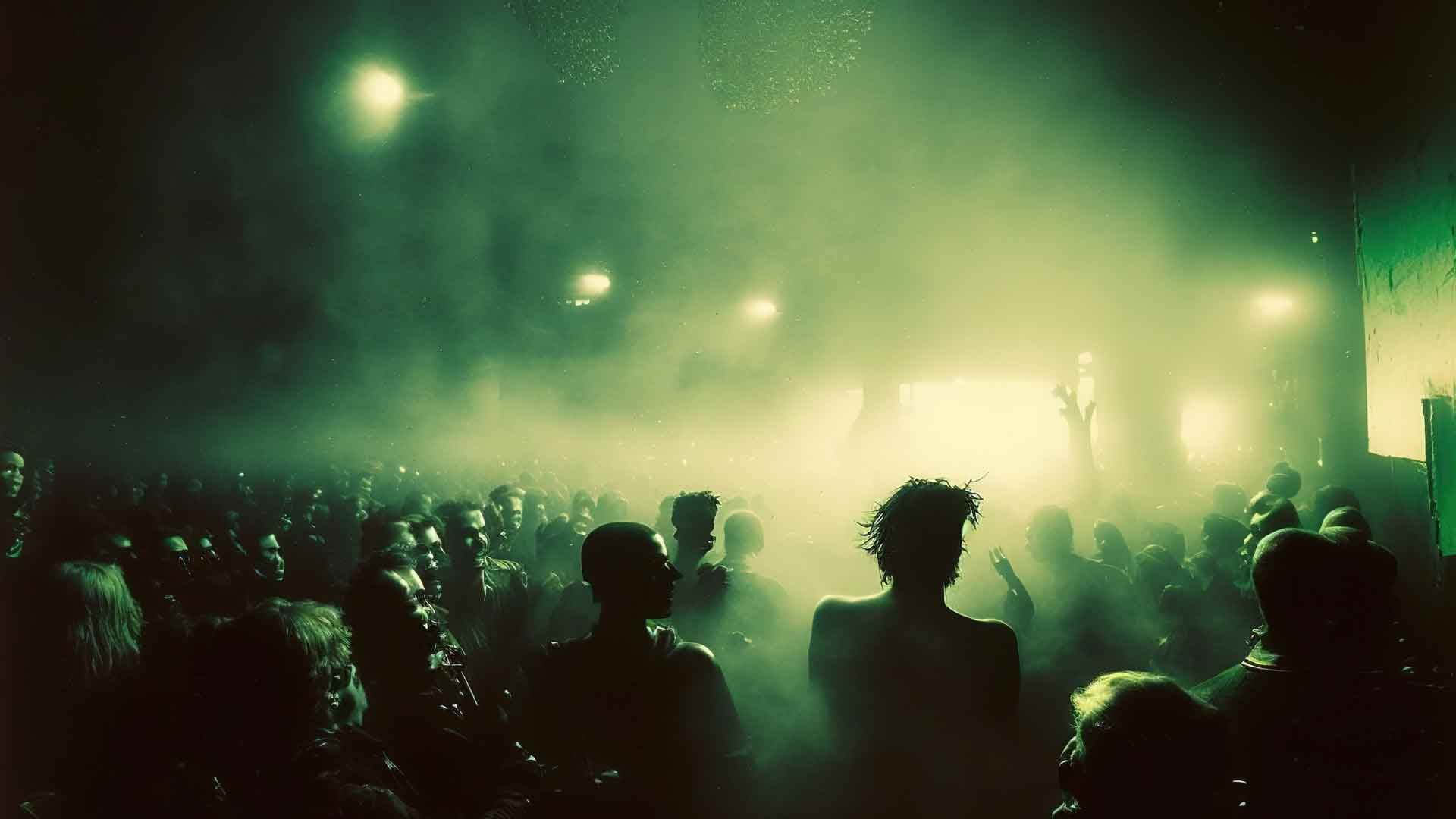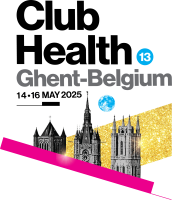
A journey to and through a Club Health renaissance!
Going on a ‘night out’ has been and continues to be one of my favourite hobbies. There is no better feeling than spending time with friends, family and strangers in an environment that offers opportunities to relax, de-stress and, re-energise, AND have fun, laugh and be ‘free’ (and if you like to dance…exercise). Nightlife is a key part of many people’s social and working lives, it can have fantastic benefits for health and wellbeing and is a major contributor to the economy. However, the nightlife environment and some of the behaviours that people engage in or are exposed to can have damaging impacts on individual’s health and wellbeing, local communities, public services, and wider society. For the past 20 years it has been my mission to promote the development of healthy nightlife settings - spaces that are fun, safe, and inclusive for all!
I am often asked…but what does that mean? Is it about stopping people drinking alcohol or using drugs, and by default preventing people from being free to take risks and have a good time? The immediate answer is…no, not quite. The mission is to ensure the benefits of nightlife, of which there are many, far outweigh the negatives, and that where we can, that we collectively work to minimise harm. As a public health researcher, a key part of my role is to ensure we have good quality evidence on how nightlife spaces are used, what people’s experiences are, and what increases risk of (or protects people from) experiencing harm, and to use this to advocate for the continued regeneration of healthy nightlife spaces. Having spent thousands of hours researching nightlife (and many more enjoying it), two significant public health issues continue to arise – the normalisation of 1) excessive alcohol use and drunkenness; and 2) gender inequality and sexual violence.
Globally, there have been two broad prevention approaches to addressing excessive alcohol consumption and drunkenness amongst nightlife users - 1) changing the nightlife environment to make it safer (e.g., through targeted policing, improved street lighting, CCTV coverage); and 2) reducing alcohol availability and preventing harmful drinking. In England and Wales (and many other countries), the prevention of harms in nightlife settings has primarily focused on the former, developing safe nightlife environments. Such prevention efforts have made great strides in preventing alcohol-related violence; however, they may have also inadvertently made nightlife safe spaces to get extremely drunk. Making the environment safer is certainly not a bad thing and should be a priority. However, with studies consistently showing high levels of alcohol use and drunkenness amongst nightlife users and associations between excessive alcohol use and violence and injury, it is clear that you can have too much of a good thing, and we must do more. Across many cities, efforts to address drunkenness in nightlife are emerging in the form of interventions to prevent the sale of alcohol to drunk (and/or underage) customers (illegal in the UK) and evidence suggests that they can reduce such alcohol sales (including in Liverpool where the 2023 International Club Health conference is being held). This bystander (and legal) intervention is likely to go some way to protect ‘already drunk’ nightlife users from further harm, but whether this alone can address the cultural norms that support excessive alcohol use is less clear. Diversifying nightlife settings away from an alcohol-fuelled focus so that it is inclusive for all, drinkers and non-drinkers alike (and as the years are passing by… younger and older clubbers alike), may go some way in supporting such cultural and behavioural change. Diversity is key to ensuring nightlife environments remain vibrant, inclusive and economically sustainable, particularly with evidence suggesting young people are generally drinking less alcohol, but also if we consider how events such as the pandemic and the emergence of online social spaces and artificial/virtual reality may affect how, when, where and with whom we socialise.
Nightlife is an environment in which pleasure, intoxication and sexual expression and relations co-exist. Whilst for many nightlife is a safe space, safety can be compromised, particularly for women, due to the prevalence of risky behaviours (e.g. alcohol and drug use, a culture of intoxication and sexual risk taking), and social norms that render sexual violence more acceptable and expected than in other aspects of everyday life. Whilst nightlife should be a place for people to express themselves this should not be at the costs of others rights, enjoyment or safety. Over the past two decades, there has been a global movement to combat all forms of violence, and increasingly attention is being drawn to preventing and responding to sexual violence and gender inequality in all but particularly nightlife spaces. Various social movements such as #MeToo and #EverySexism provide a supportive social and cultural context for preventing sexual violence, however whilst there is clear evidence that sexual violence is a key issue in nightlife, gaps in knowledge exist about how to address sexual violence in this environment. Across several countries, interventions to promote nightlife workers (e.g. bar staff, security) bystander intervention are emerging as a method to address sexual violence, and these appear to be having positive impacts on addressing norms that promote sexual violence and increasing confidence to positively intervene. Such interventions require upscaling and evaluating however, but equally will need to be supported by wider interventions that address gender inequality and cultural norms that underpin sexual violence.
Efforts to prevent excessive drunkenness and sexual violence through bystander intervention move away from an individualised approach to preventing harms to one that acknowledges the range of factors that can increase risk of harm, and the collective role we all have in prevention. Such an approach is welcomed, but the need for wider societal shifts remain. Globally alcohol is one of the leading causes of death, and gender inequality permeates right across society, both having determination impacts for all. A key question to address at Club Health 2023 is how can we best enact societal change to address harmful alcohol use and gender inequality (and their associated harms) to protect the public’s health and ensure we continue on a positive journey to and through a Club Health renaissance – where everyone’s welcome to have fun, laugh and be free… in a health-promoting and harm reduction environment.
Come to Club Health and be part of a global community shaping and informing the future of nightlife for current and future generations.
